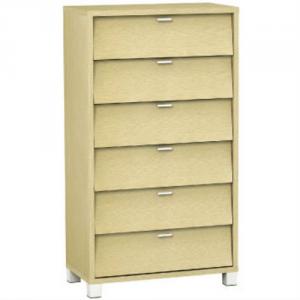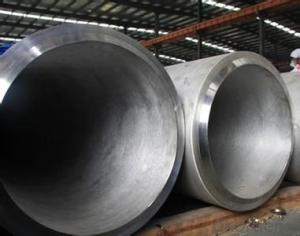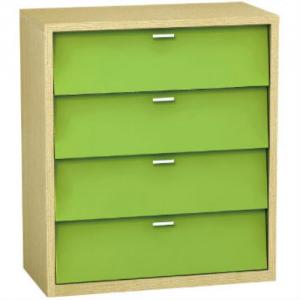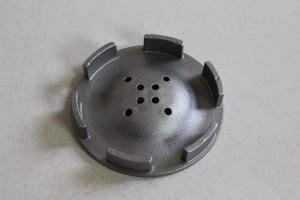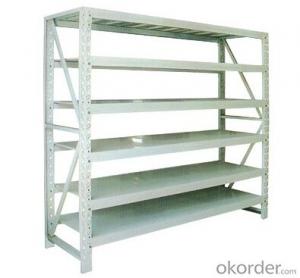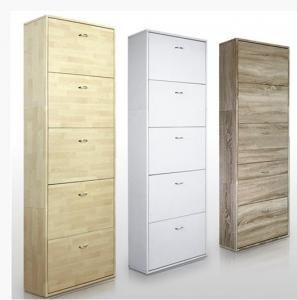Stainless Steel Rolling Racks
Stainless Steel Rolling Racks Related Searches
Best Paint For Stainless Steel Blanket Insulation For Steel Buildings Primer For Galvanized Steel Foam Filter For Stainless Steel H S Code For Stainless Steel Surface Grinding Wheels For Stainless Steel Surface Grinding Wheels For Hardened Steel Hole Saw For Stainless Steel Paint For Stainless Steel Stainless Steel For BbqHot Searches
Steel Mesh Panels For Sale Price For Stainless Steel Scrap Scrap Price For Stainless Steel Price For Stainless Steel Stainless Steel Tank For Sale Stainless Steel Sheets For Sale Cheap High Tea Sets For Sale Stainless Steel Tanks For Sale Stainless Steel For Sale High Density Fiberboard For Sale Solar Hot Water Collectors For Sale Scaffolding For Sale In Uae Scaffolding For Sale In Ireland Scaffolding For Sale In Houston Type Of Inverter For Solar Price Of Shipping Containers For Sale Types Of Inverter For Solar Stock Price For Aluminum Used Solar Inverter For Sale Steel Mesh Panels For SaleStainless Steel Rolling Racks Supplier & Manufacturer from China
Okorder.com is a professional Stainless Steel Rolling Racks supplier & manufacturer, offers integrated one-stop services including real-time quoting and online cargo tracking. We are funded by CNBM Group, a Fortune 500 enterprise and the largest Stainless Steel Rolling Racks firm in China.Hot Products
FAQ
- To prevent distortion when welding stainless steel sheets, there are several key steps and precautions that should be followed: 1. Proper preparation: Ensure that the stainless steel sheets are clean and free from any contaminants such as oil, grease, or dirt. Thoroughly clean the surfaces using a suitable solvent or degreaser before welding. This helps to prevent any impurities from being trapped in the weld, which can lead to distortion. 2. Proper fit-up: Accurate fit-up of the stainless steel sheets is crucial to minimize distortion. Ensure that the edges of the sheets are aligned properly and that there are no gaps or misalignments. Proper clamping or tacking can also help to maintain the correct position of the sheets during welding. 3. Controlled heat input: Heat control is essential to prevent excessive distortion. Using the appropriate welding technique, such as TIG (Tungsten Inert Gas) or MIG (Metal Inert Gas), can help control the heat input. It is important to avoid overheating the stainless steel sheets as it can lead to warping and distortion. Maintaining a consistent and controlled heat input throughout the welding process is crucial. 4. Weld sequence: Proper planning of the weld sequence can also help to minimize distortion. Start from the center and work outward in a balanced manner to distribute the heat evenly. This prevents localized heating, which can cause distortion. Alternating between sides and allowing each weld to cool before moving to the next one can also help to reduce distortion. 5. Proper welding technique: Choosing the right welding technique and parameters is important. For instance, using a lower heat input, slower travel speed, and smaller weld bead can minimize distortion. Additionally, using a backstep technique, where the weld travels in a forward and backward motion, can help distribute the heat and reduce distortion. 6. Preheating and post-weld treatment: Preheating the stainless steel sheets can help reduce the temperature gradient and minimize distortion. The preheating temperature should be within the recommended range for the specific stainless steel grade. After welding, it is advisable to perform post-weld treatment, such as stress relieving, to minimize residual stresses that can lead to distortion. By following these steps and precautions, it is possible to significantly reduce distortion when welding stainless steel sheets. However, it is important to note that each welding process and stainless steel grade may have specific requirements, so referring to the manufacturer's guidelines and seeking professional advice is recommended for optimal results.
- Stainless steel sheets are indeed applicable in high-pressure scenarios. Renowned for its remarkable resistance to corrosion and impressive strength, stainless steel is suitable for a variety of industrial uses, especially those involving high-pressure conditions. Its exceptional strength enables it to endure the force exerted by high-pressure fluids or gases without distorting or breaking. Moreover, stainless steel sheets can be shaped and sized as desired, facilitating their utilization in a wide array of high-pressure applications such as pressure vessels, pipelines, hydraulic systems, and heat exchangers. All in all, stainless steel sheets are a dependable and long-lasting option for high-pressure circumstances due to their inherent strength and corrosion resistance characteristics.
- The typical thickness range for stainless steel sheets varies depending on the specific application and requirements. However, stainless steel sheets are commonly available in thicknesses ranging from 0.4mm to 6mm. Thinner sheets, such as those in the 0.4mm to 1mm range, are often used for decorative purposes or in applications that require flexibility. Thicker sheets, on the other hand, are commonly used in structural or industrial applications where strength and durability are crucial. It is important to note that these thickness ranges are not exhaustive, and customized stainless steel sheets can be manufactured to meet specific project requirements.
- What's the difference between stainless steel hot rolling and cold rolling?
- The difference between hot rolling and cold rolling of stainless steel is that cold rolling is rolled on the basis of hot rolling.
- Yes, stainless steel sheets are suitable for structural applications. Stainless steel is a versatile and durable material that offers a high strength-to-weight ratio, making it ideal for various structural applications. It offers excellent corrosion resistance, which is important for structures that are exposed to harsh environments or chemicals. Stainless steel sheets can be used in the construction of bridges, buildings, and other structural components where strength and durability are necessary. Additionally, stainless steel is a sustainable material as it is 100% recyclable, further enhancing its suitability for structural applications.
- Indeed, it is possible to cut and weld stainless steel sheets. Various methods, such as shearing, plasma cutting, laser cutting, or waterjet cutting, can be utilized to cut stainless steel sheets. When it comes to welding, the process involves joining two pieces together by heating them to their melting points and, if needed, incorporating a filler material. Nevertheless, it is crucial to acknowledge that welding stainless steel necessitates specific techniques and equipment due to its distinctive attributes, including low thermal conductivity and high thermal expansion. Consequently, it is imperative to possess adequate training and expertise to guarantee a fruitful and high-quality weld.
- Stainless steel drawing plate, polishing plate, mirror panels of the three differences
- Drawing process will to some extent lose the thickness of stainless steel plate, usually at 0.1~0.2mm. In addition, because the human body, especially the palm has a relatively strong oil and sweat secretion, stainless steel wire drawing board often hand touch will leave a more obvious fingerprints, regular scrub.
- Stainless steel sheets find extensive use in the food processing industry due to their versatility. They possess exceptional resistance against corrosion, rendering them perfect for environments involved in food processing, storage, or handling. Moreover, their hygienic nature facilitates easy cleaning and prevents any unwanted reactions with the food, ensuring the preservation of its quality and safety. These sheets are employed for crafting an array of food-oriented surfaces, including preparation areas, workstations, counters, sinks, shelves, storage tanks, as well as essential equipment like mixers, conveyors, and ovens. Furthermore, their durability and ability to withstand high temperatures make them an excellent choice for a broad spectrum of food processing operations.




















